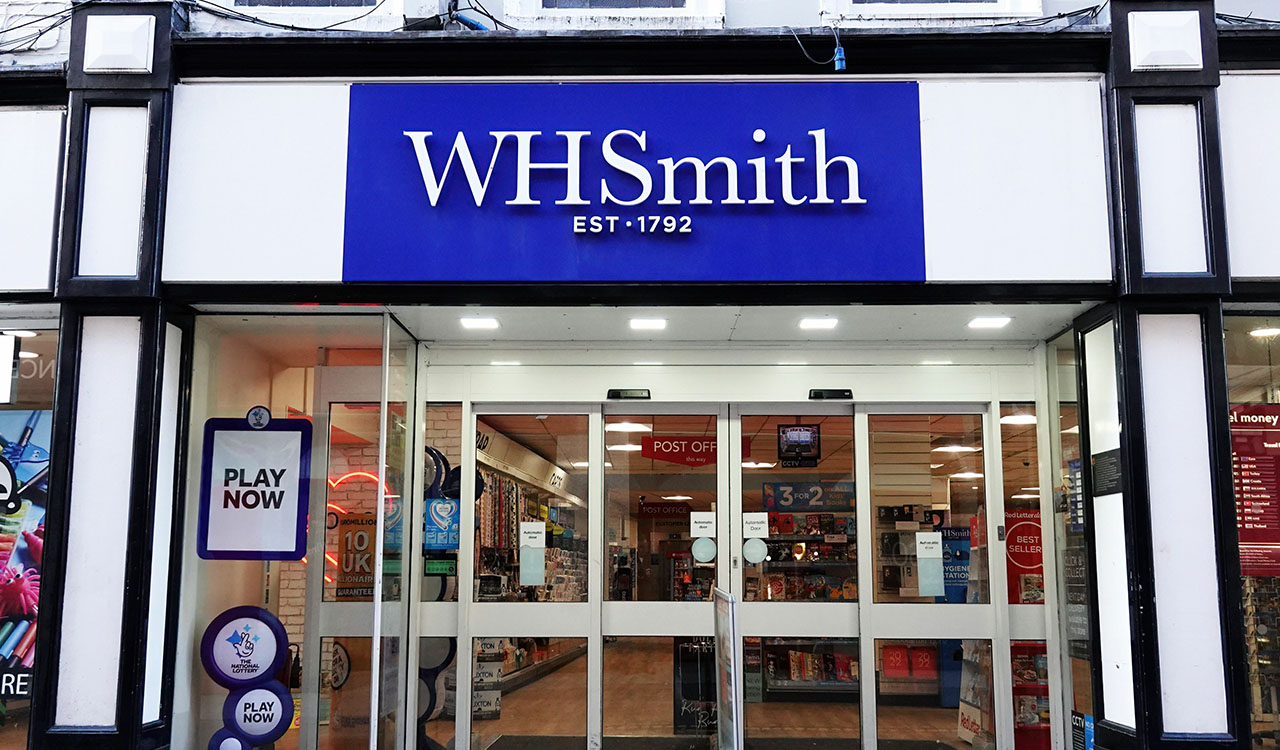For the record: Amazon, based in Seattle, WA, is a global, primarily online marketplace which sells vendors’ and their own goods to consumers. Shopify, headquartered in Ottawa, Canada, is a worldwide technology platform that primarily provides the tools, (software) and instructions for small businesses to quickly and easily create their own online shops. Ranging from $30 to $2000 a month, Shopify offers sellers over a dozen services to run an online store: the website domain name; inventory and content management; payment processing and more.
Shopify Back Story
In 2015 when Shopify went public, Jeff Bezos closed down Amazon’s underperforming Webstore, which was essentially in the same business as Shopify. Furthermore, Amazon sent its customers to Shopify, telling them that Shopify was its preferred partner. In return, Shopify agreed to offer Amazon Pay to its merchants as well as let them list their products on Amazon’s marketplace. And the amazing thing, first reported by Bloomberg Business Week in December last year, Shopify paid Amazon $1 million essentially for Webstore (not even a rounding error in techworld), which at the time had around 80,000 companies on the platform running their online shops.
Amazon miscalculated that operating a platform primarily powering “mom and pop” small businesses would never scale into a large and profitable model. Oops!! It didn’t take long for Amazon to realize its blunder, as Shopify’s revenues were almost doubling every year since its IPO from about $200 million in 2015 to a projected $5 billion in 2021. Still dwarfed by Amazon, generating about $400 billion in revenues in 2021, Shopify’s rate of growth and Amazon having miscalculated the model’s potential was a wake-up call. And another little tidbit: Business Insider reported that data analyzed from market research firm Similarweb showed that Spotify-powered sites surpassed Amazon for unique visitors in the last quarter of 2021.
Oops is an understatement. As reported in the Bloomberg article a former Amazon executive said, “Shopify made us look like fools.”
Course Correction
Since “oops” and “looking like fools” are words rarely attributed to describe mistakes made by Amazon, they launched a project internally code-named Santos in 2017, which they hoped would recapture the Webstore opportunity they relinquished to Shopify in 2015. Long story short, Amazon is circling back with a model that has some built in advantages to directly compete with Shopify.
A large part of Shopify’s incredible growth has come from third-party SMB’s, small and medium sized business defectors from Amazon, seeking Shopify to help create their own online shops to sell direct
A large part of Shopify’s incredible growth has come from third party SMB’s, small and medium sized business defectors from Amazon, seeking Shopify to help create their own online shops to sell direct to consumers. This and Shopify’s rapid growth was becoming a painful catalyst for an all-hands-on deck reaction, serious enough for Jeff Bezos to weigh in on. Thus, Project Santos, a team tucked into the AWS cloud computing unit, that was previously headed up by Jeff Bezos predecessor Andy Jassy.
One of Amazon’s early initiatives was the creation of a new POS system that could be sold to third-party sellers and that could handle both online and offline transactions. They call it their “omnichannel POS solution.” It provides Amazon checkout options, inventory, and business analytics. It also offers links to other Amazon services, including the Prime membership program, Flex delivery network and Amazon One palm-based identification technology. Furthermore, Amazon’s new POS system would be in direct competition with payment processing companies that offer their own POS solutions, including Square, PayPal, Shopify, and Fiserv’s Clover.
The Ultimate Hammer
A statement in the Amazon Santos project report uncovered by Business Insider revealed, once again, the ultimate power of Amazon. The statement: “We believe this offering lets Amazon do the heavy lifting of order placement and fulfillment at a rate that is more affordable than other competitors, thus allowing SMBs to focus on their product development and growth.”
The obvious operative phrase was “…at a rate that is more affordable than other competitors.” As night follows day, Shopify, Square and PayPal shares dropped following this report. As we have witnessed, every time Amazon enters a new industry, the incumbent competitors’ stocks take a hit. So, to underestimate Amazon’s capacity to seek and dominate whole industries is naïve. In this case, Amazon will learn from its Shopify gift and turn around and potentially hammer Shopify.
The Everywhere Store
Shopify’s founder and CEO Tobi Lutke was quoted in the Bloomberg article, “If Amazon’s devotion to customers and an infinite selection earned it the nickname ‘the everything store,’ Shopify wants to be the ‘everywhere store.’ Amazon is trying to build an empire. Shopify is trying to arm the rebels.”
Lutke says Amazon’s Project Santos targets Shopify and that he’s “up for being the underdog again.” I would advise him that Shopify’s slingshots against the Goliath who (metaphorically) has nukes would redefine an underdog.
Not a level playing field from any perspective, but as the story goes, David surprised them all.





